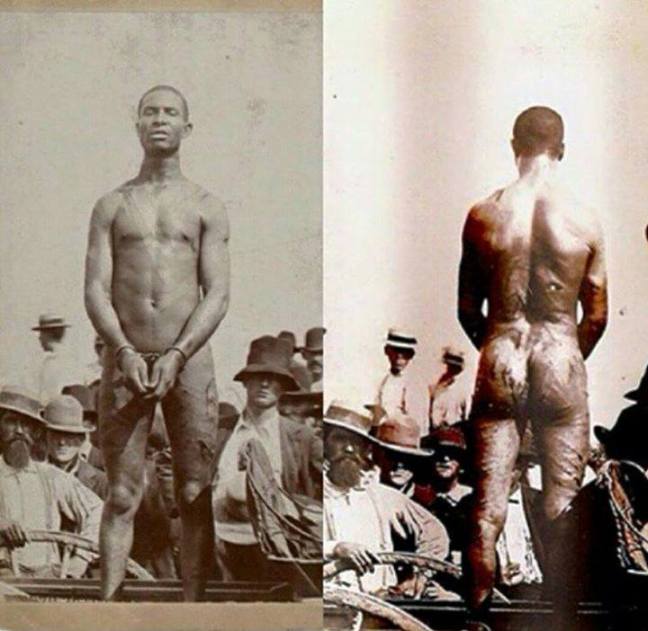The story of Frank Embree is a very horrifying one that exposes the vulnerability of being born black in the U.S. especially during the days of slavery, it’s abolishment and the Jim Crow era. The treatment that Frank Embree went through before dying for a crime he did not commit needs to be told over and over to give more meaning and historical background to the injustice that several blacks are facing today and stamp the need to advocate for justice for all and finally against racism.
On June 17, 1899, the 14-year-old daughter of Wood Dougherty was on her way to visit a friend when she was assaulted and raped by an unknown man believed to be an African who was tagged as the fiend or the black brute.
The attacker was riding a horse that belonged to John Collins who was Frank’s uncle making Frank the immediate suspect without questioning. Seeing that his life was in danger, Frank opted to go back to Kansas in order to save his life since he was probably visiting his uncle who lived in Howard County where the rape occurred.

According to the Patreon, a huge advertisement offering a $300 reward for “Emory’s” capture after the victim’s father had disclosed that Embree was the attacker and had initially failed at getting him since he took off.
The details of Frank’s capture are not clear. While some reports say that he was captured by the intelligentsia in Kansas and taken to Gaol in Mexico before he was ceased by an angry white mob of over a thousand white people, other reports explain that Frank was fleeing to Mexico when he was

However, what remains accurate is that Frank was captured by an angry white mob at a point and could not be saved by the intelligentsia who were greatly outnumbered.
His lynching was on July 22, 1899, after he was captured, handcuffed and stripped naked to be forced to confess guilt. When the stripping did not work on Frank, he was then whipped 103 times with a bullwhip that tore into his skin and caused severe bleeding. He was whipped 50 more times again before begging to talk. Seeing that he would die anyhow, Frank confessed to the crime and pleaded that he is not burned to death and also requesting that his parents are told about his death.

According to a

Before his hanging, Frank was allowed to pray. The 19-year-old boy prayed for his life and to be accepted into heaven and also prayed for his family and friends before he was hanged and shot several times. He was then abandoned and buried by fellow blacks in the Nebo Church cemetery.
The account of his crime was altered to fit the proof that he was guilty. In The Democrat Leaders’ editorial, the comment read: “His fate is a fair warning to all others who would commit such hellish crimes. The citizens of Howard County will not tolerate such. The negro was given no more than he deserved. Let others beware.”

Images of his lynching and hanging were made into postcards for the white community to celebrate his death and his story which was told over and over again among the white community. After the lynching, the rape of white girls blamed on an unidentified black man did not stop. It gave proof to the fact that Frank Embree was innocent.
His story, like several others, have been hidden in history to expose the unjust treatment meted out to young black people. In more recent times, his story is being turned into a movie.










